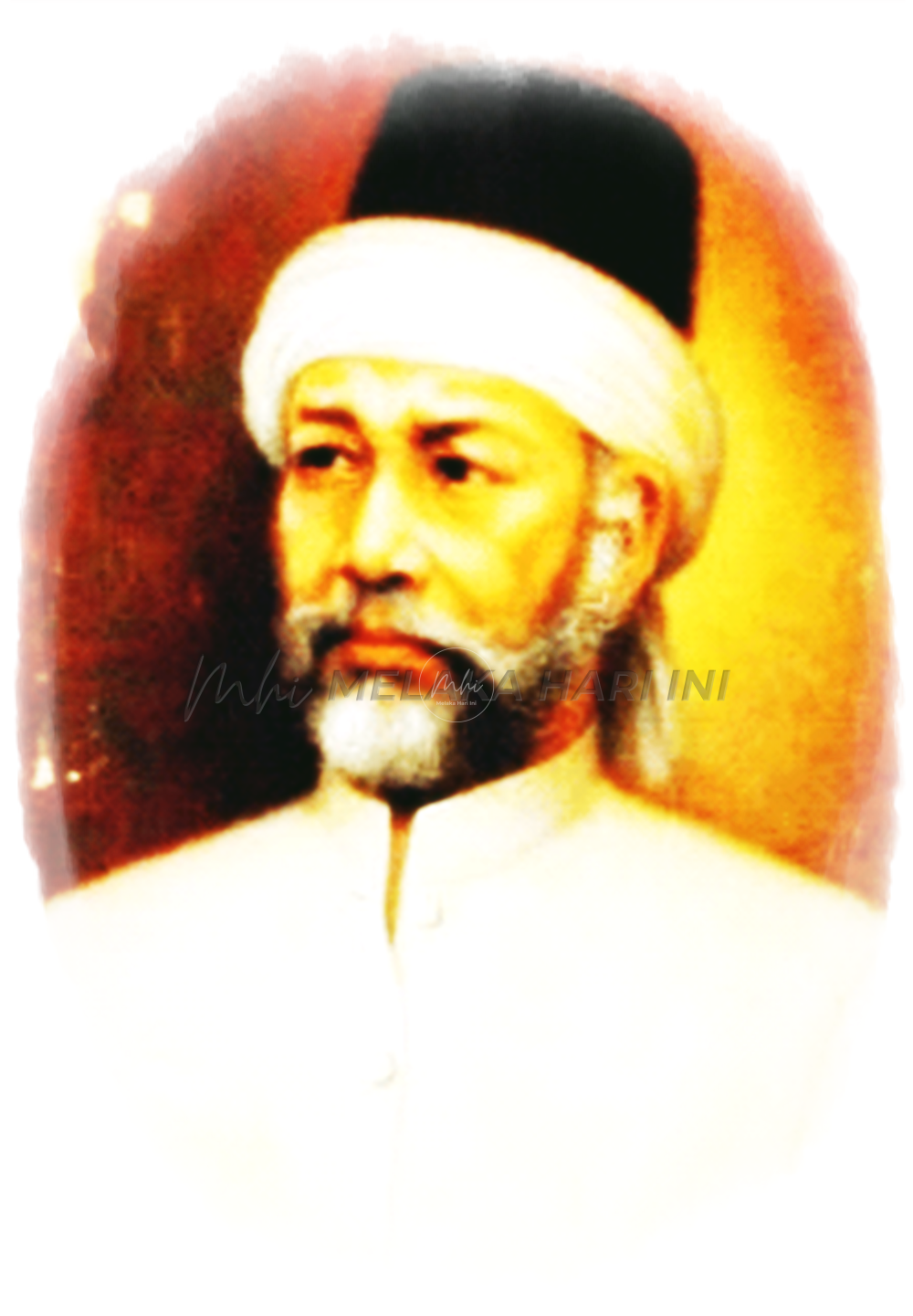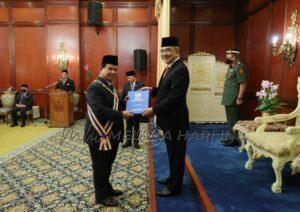
Ship and Sha’ir: Hamzah Fansuri’s House and Heart
The term bayt in Arabic basically means “house,” and the unit of poetry (shi’r) is called a bayt – the house of verse. The Arabic sh’ir serves to denote poetry in general. The sha’ir, derived from the shi’r, served a certain poetic genre. Sha’ir is the Malay narrative poem. The Sha’ir is made up of quatrains with monoryhmes of the type aaaa, bbbb, cccc. It was said that usually a line of sha’ir contains nine to 13 syllables.
In Hamzah Fansuri’s work, the term bayt is also understood to mean “a unit of verse” as in the Arabic sense. Accordingly, the term bayt meaning “house” or rumah. In Hamzah it is further used in two different senses: in its basic sense of “house,” and in its relational sense meaning the heart (al-qalb; hati), or the self (al-nafs; diri). Hence, the soul (the innermost secret: al-sirr – rahsia), which viewed from one aspect can also refer to the spirit (al-ruh).
Apart from the analogy of the house, relationally employed to refer to the heart, or self, or spirit, Hamzah also uses the analogy of the boat (perahu) to refer to the phenomenal aspects of the same denotatum, referring to Hamzah’s Sha’ir Perahu. Syed Muhammad Naquib al-Attas (1968/2018) in The Origin of the Malay Sha’ir explains that Hamzah’s four-line verse composed of a single bayt, could have been influenced by Sufi symbolism. Hamzah’s analogy of the house as a single entity composed of the fourfold sufi conception of unity of the Religious Law (shar’iat), the Way (tariqat), the Truth (haqiqat), and Gnosis (ma’rifat). Hence, Hamzah writes:
…shari’at seperti pagar, tariqat seperti rumah,
Haqiqat seperti isi rumah…
shar’iat tiada bercerai dengan tariqat; tariqat tiada
bercherai dengan haqiqat; haqiqat tiada
bercherai dengan ma’rifat…
[…the Law is like a fence, the Way is like a
House, the Truth is like the content of the house…
The Law us not distinct from the Way; the Way is not distinct
from the Truth, and the Truth is not distinct from Gnosis
Hamzah lived in the first half of the 16th century on the North-west coast of Sumatra. In his teachings, the Law, the Way, the Truth and Gnosis, the four entities are not separate but one and the same reality. The representation of the House may be thought to be a static one. Muhammad Naquib explains that this was because the idea is the comprehension of the concept of the absolute unity of the Way to the Truth. But the spiritual journey itself is a dynamic concept. Hence this is also compared to a ship (kapal) “whose keel is like the Law, whose planks are like the Way, whose content or merchandise is like the Truth and whose gain is like the spiritual gains of Gnosis.
The ship depicts the individual man embarking on the lone spiritual journey, sailing the shoreless sea of Absolute Being. Muhammad Naquib was marshalling his arguments for Hamzah as the inventor and the originator of the Malay sha’ir. Hamzah was unique. He has since then shown that Hamzah is the first man to set forth in systematic writing the essential aspects of the Sufi doctrines in Bahasa Melayu.
The Malay sha’ir, then, as a literary genre, can be considered to be of indigenous origin. The sha’ir would later become popular as a medium for conveying subjects not restricted to the religious and metaphysical domains. We see the shai’r being employed by 19th century Malay essayists such as Abdullah Munshi and Siami in 19th century Melaka and Singapura.
Hamzah was the 16th century Malay Sufi poet. Muhammad Naquib, who studied on Hamzah, submitted his doctoral thesis in May 1966 to the School of Oriental and African Studies (SOAS) University of London. Subsequently, in a separate work, he put forward his argument on Hamzah as the originator of the Malay Sha’ir in response to Dutch scholar Professor A. Teeuw’s article titled “The Malay Sha’ir, problems of origin and Tradition.” In his article, Teeuw asked the question: “Are Hamzah’s work the origin of the Malay sha’ir?” and his answer: “It is possible so, but…” Muhamad Naquib was, on the other hand, definitive. His research and arguments answer both questions in the affirmative. He was not too pleased with the Dutch scholar’s stress on the “mysterious nature of early or older Malay literature,” contributing to his failure in clarifying “the concept of origin.”
Before Teeuw in 1966, other earlier scholars who offered the hypothesis on the origin of the Malay Sha’ir were P. Voorhoeve (1952), and later Amin Sweeney (1971).
In spite of the many differences in argument, it may be concluded that the earliest sha’ir are represented by the works composed by Hamzah; and that the sha’ir emerged in the Sufi milieu under the influence of Persian and Arabic poetry. Vladimir Braginsky (2004) of SOAS argues, lending credence to Muhammad Naquib that there is no poetic form in Arabico-Persian literary theory or practice which could lay claim to the role of “the undoubted prototype of the sha’ir. The fact that genuine Arabico-Persian poetical forms, undoubtedly known to the Malays, failed to become a feature of Malay literature is highly significant.
It has been written that the 16th century is the period of genesis, of the Malay Enlightenment viz the Acheh-Melaka nexus. Hamzah flourished during that period, and the first man to write complete works on Sufi doctrine in Malay literature. The theory on the origin of the Malay sha’ir, is to be seen as belonging to the larger theory of Islamization of the Malay Archipelago.
#####
NEXT WEEK:
The Image of Russia and the Russians in Malay Tales
Langgani saluran Telegram kami untuk dapatkan berita-berita yang terkini.


